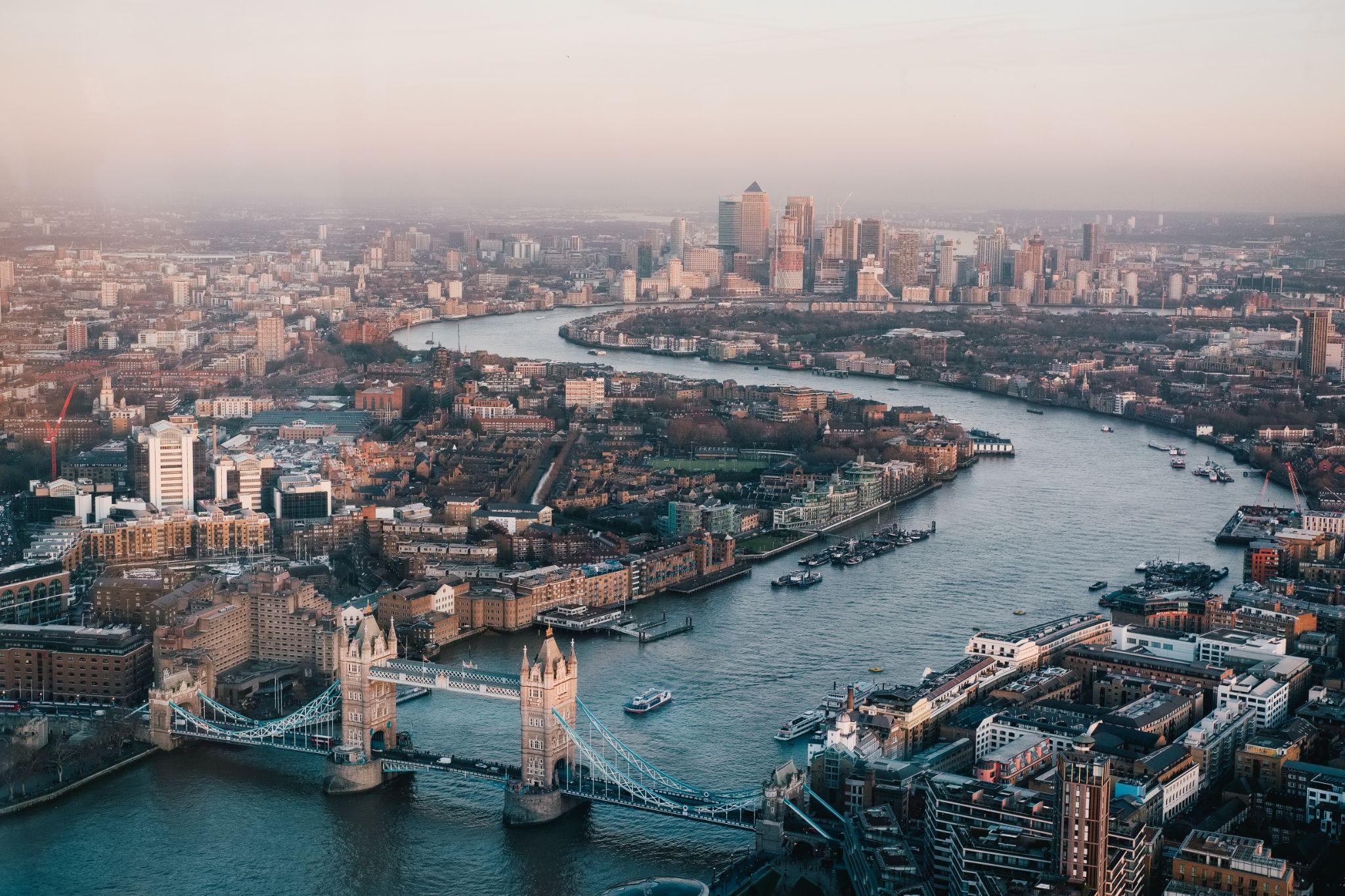This website uses essential cookies.
London - A Dreary City or a City of Opportunity?
Last Modified: Aug. 21, 2024, 11:47 a.m.

Most days, I don’t particularly like London. It seems quite a challenge to feel warm towards a city of grey skies, grey flying rats, grey buildings, grey pavements and grey tracksuits. But you do get those moments where you feel grateful for the unique grimness, opportunity and friendship London offers. When in Central London awaken an extra sense and take a good whiff. Feel the damp, absorb the car fumes into your lungs, appreciate the toxicity. Unhealthy, but unfailing as a stimulus. Better, cheaper and less finite than a Starbucks coffee.
London was founded by the Romans, after the invasion of Claudius. It’s an international city to its core. Modern-day Chester was the nominal capital and centre for dealing with petty provincial disputes, while London was a merchant hub. It was in the centre of Britannia, and therefore any Roman was bound to pass it if they were travelling, and it had a river, still coloured by wonderfully vibrant suspended algae and mud, called the Tamesis, which was handy for transportation. Westminster (of course) played a crucial role in London’s promotion to the capital, as it became the political and cultural centre of England only after William the Conqueror was crowned in the brand-new Abbey in that eventful year of 1066.
London again grew in significance in imperial times. The British Empire was the largest the world had ever seen, and so London took its place as the capital of the world. In 1827 London became the biggest city in the world, surpassing Beijing’s population of 1.3 million. It wasn’t displaced from the top spot until the Great War, when fears of gas (never used) sparked an exodus to the countryside.
London experienced an influx of immigrants. Aided by advances in transportation technology people flocked from Europe, the colonies and the wider world. The Windrush and many other waves of immigration enriched London in every way possible. London is the most diverse city in history by languages spoken (over 400) and is only 35% white British. Anyone can do anything. Almost everyone in every industry or milieu is accepting of every race. Talent per square meter is pretty incredible. So is the amount of flavour. London is large enough for every community to find its niche, which can lead to amazing results food-wise. Go to Golders Green in North London and you’ll find an enticing mix of Jewish, East Asian and Lebanese cuisine.
Of course, London isn’t completely without its faults. Richer parts in SW are dominated by trust fund kids. There is a distinct lack of taste and avant-gardeness in some of the attempts at fashion, ie: the current eczema of North Face puffer jackets in NW. But one must not forget the necessity in keeping money in London; an estimated ⅓ of its workforce is in finance or business. Sitting in a recently opened Taiwanese dumpling shop near Covent Garden on a Saturday made obvious another problem London faces: the thousands of countrysiders who swarm central London on weekends, and collect in various private-equity money extraction schemes like Harry Potter World or Madame Tussauds. These are walking embodiments of the “charva” stereotype.
The average pace slows down, and the lack of time is what creates London’s energy. Therefore any encroachment on this puts the soul of London at risk. London (apart from the south-east and east which provide small contributions) is the only region in the UK which is not in a net fiscal deficit. It provides £38 billion which is then used on lossmaking regions elsewhere. We’re so resilient that we are the only region whose surplus is larger than pre-Covid and pre-London-bashing! The idea of an independent London has occurred to many and shall be the focus of my next article.
London has a unique advantage in its diversity, energy and money. Opposites are in proximity. One street separates China Town and Soho. In Highgate, the alleged mansion of Putin is on the same street as council flats. This is what differentiates London from its competing diverse megacities. In Paris and New York, banlieues and projects are completely different universes to the central arrondissements or Manhattan. Both rank higher in structural segregation studies, despite focusing hugely on “assimilation”. In London, differences are not eradicated or tolerated, but celebrated.
Article Writer - LexaNews Journalist
Share this article:
Like this article:
Comments
You must login to comment. If you don't have an account yet, sign up!